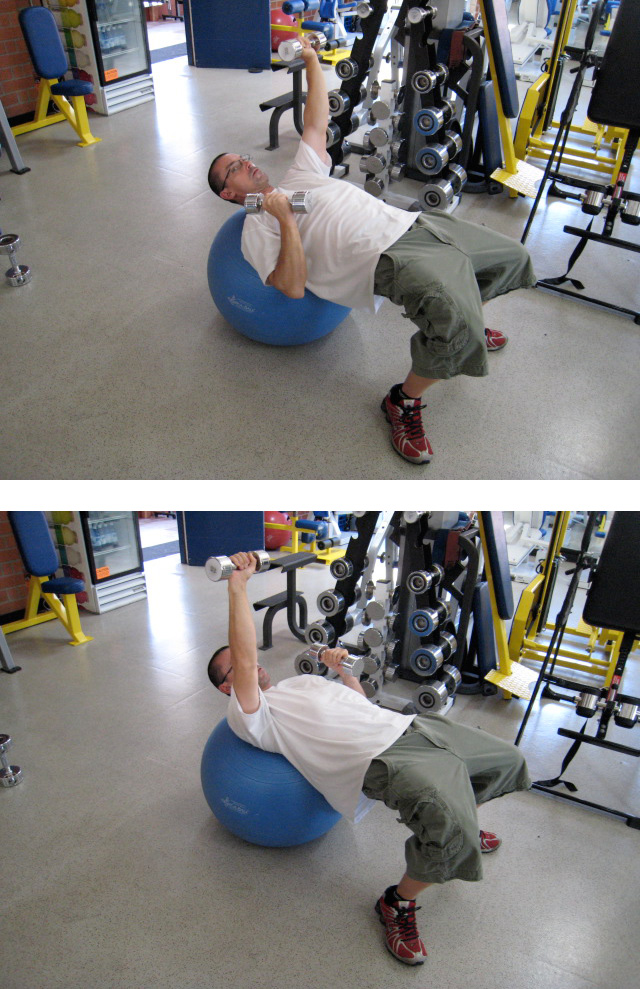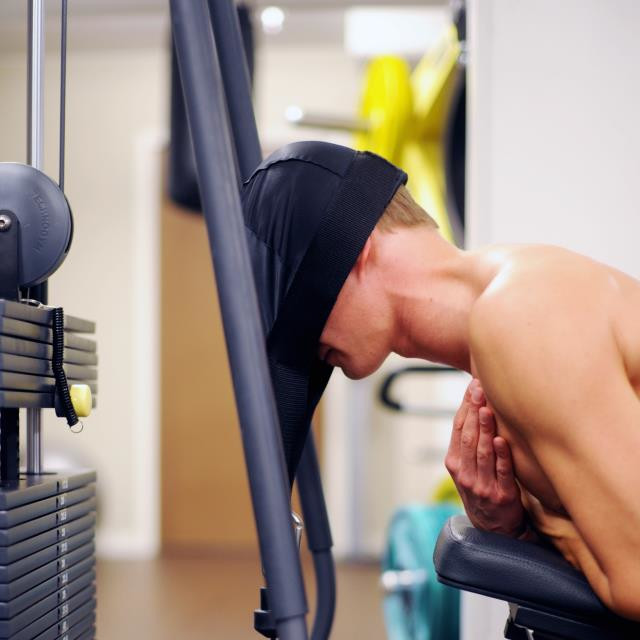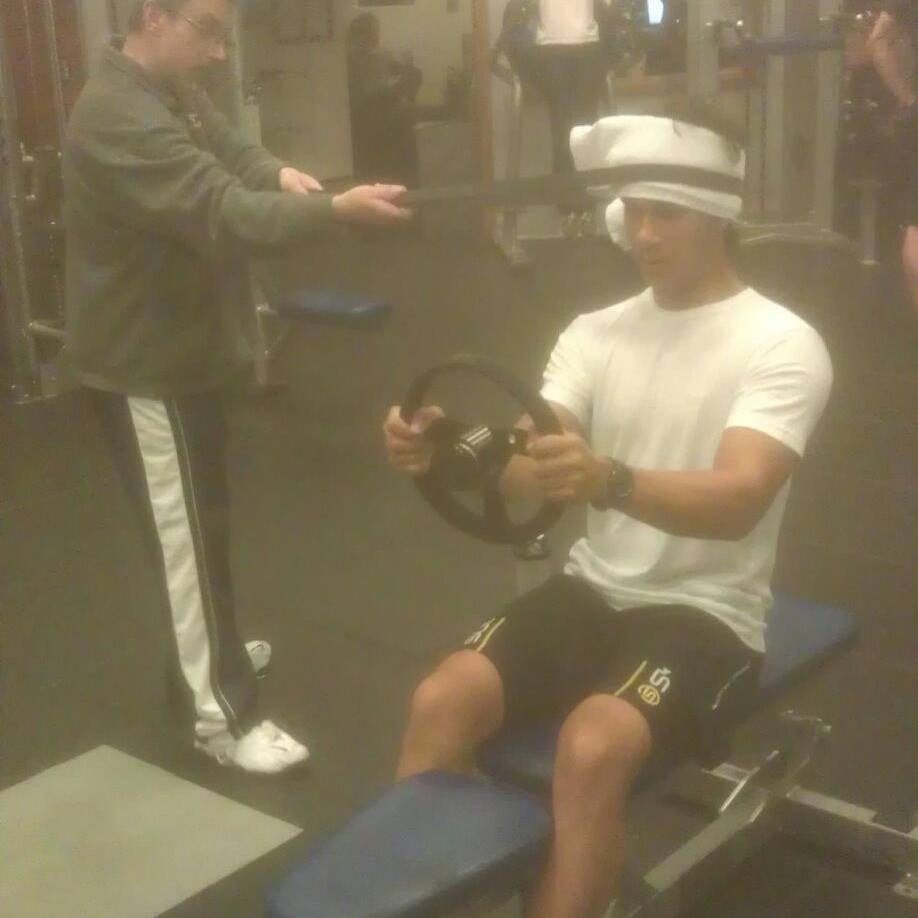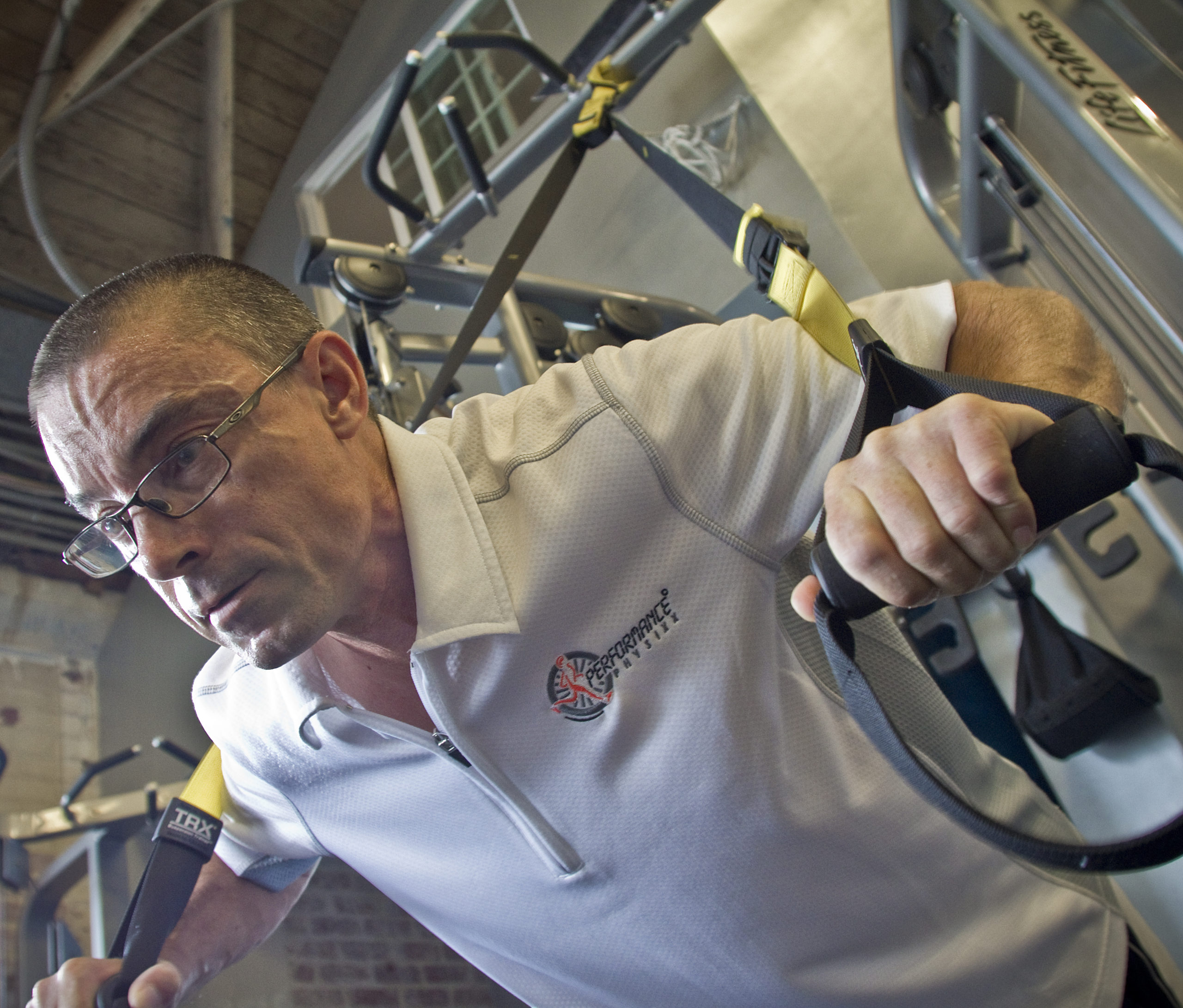There are several key areas of the body that come to mind when we consider what a racing driver needs to focus on with regard to a training regime. One of the most important, and often overlooked, is the strength of the neck.
Neck training is extremely important for open wheel race car drivers, as they are in some of the fastest cars on the planet. These speeds, in particular the cornering speeds, push and pull on their necks for the entire race, and their necks need to be strong enough to withstand these forces.
It is thus worth looking in detail at the kind of training regimes employed by drivers in order to increase their neck strength for racing. We will do that in this article, while also going into more detail about why neck strength is so important in the first place.
Why Does Neck Strength Matter For Motorsport?
Massive Forces
First, one needs to consider the physical forces acting on the body in a race. Before we even consider the muscular strength and endurance required to muscle a car around the Nürburgring or the Indianapolis Motor Speedway, we need to first understand the forces involved.
In general terms of physics, force is defined as mass times acceleration. Of particular importance is the acceleration due to gravity which is a constant 9.81 meters per second per second. The number isn’t too important, but the concept of gravity having a numerical value for its acceleration, and thus corresponding force, is.
G-Forces
When you hear a commentator say a driver is ‘pulling 5-6gs’ in a corner, this basically means their body is feeling a force equal to 5-6 times that of normal gravity. Without getting too technical with regard to what does and doesn’t count as a force, and the specific numbers behind these statistics and figures, it is just important to know that this is what we say when we are talking about g-forces.
It is crucial to analyze the g-loading that drivers experience during open wheel racing to construct more efficient training systems to combat resistance to g-loading.
Specifics Of Race Driver Neck Training
The neck takes a severe hit in terms of force for F1 and IndyCar drivers especially. While other motorsports will still put strain on the driver’s neck, these forms of racing offer immense downforce at the driver’s disposal. This allows them to take corners at much higher speeds than other cars, and this is where most of the high g-forces are felt.
Extra Weight
Thus, unique training regimes need to be devised to help the driver cope with such forces. High lateral g-forces, that is sideways rather than back and forward, experienced by an F1 or IndyCar driver can equate to an additional 25 kg (or 55.12 lbs.) on the neck. Longitudinal g-Forces (backwards and forwards), along with the weight of the head and the helmet being worn, also add to this weight.
Technogym were one of the first fitness equipment companies to come up with an exclusive piece of equipment to train the shoulders and necks of Formula 1 drivers. The machine was a favorite of F1 record holder and multiple World Champion Michael Schumacher.
Limitations
However, there are some limitations to the use of this kind of equipment. It is observed that the combination of the arm and neck movement diluted the neck training focus, as by definition variable resistance weight machines work by altering the resistance throughout the movement.
Performance Physixx have found neck training to be more efficient through the use of resistance bands and other equipment such as the Iron Neck, which maintains a constant tension on the neck muscles being trained. This more closely mimics what an open wheel racer would feel while driving and allows for custom neck workouts for drivers using resistance bands and other basic fitness equipment.
Shifter Karting
Another training method that is ‘sport specific’ is shifter karting work. The g-loads experienced doing multiple laps of shifter karting provide a highly specific workout for the hands, arms, shoulders, and neck, with a focus on lateral loading. The use of this, along with driver-specific workouts for the neck, provides a driver with the best form of preparation for open wheel racing.
One of the most simple and effective neck training exercises uses a resistance band attached to a permanent structure such as a sturdy piece of gym equipment or a fixed post. Then, the other end of the band is wrapped around the head, with the driver sitting on an exercise ball, leaning away from the post in order to apply tension to the neck.
This would then be held for 5-10 seconds, released and then repeated. Holding a weight while maintaining position and doing the neck exercises is a good way to add additional resistance for the arms as well.
Other Neck Training Exercises
Other exercises which can be adapted include various plank exercises using bands to place constant resistance on the neck, particularly at times the user may not be expecting to feel resistance. Thus, you then combat the limitations of constructed variable resistance machines which have resistance curves built into their machines, which the body can very quickly adapt to.
Resistance Bands
Resistance bands and devices such as the Iron Neck can easily travel with a driver from circuit to circuit. The other important feature of this device is that it can be used to train the entire body isometrically. Isometric training is defined as working groups of muscles together without those muscles shortening or becoming elongated.
Exercises that benefit a driver and do not target the neck specifically are those where the neck is forced to be in a position, and then to maintain posture during another exercise. An example of this would be a chest press on a stability ball, where the back of the shoulders is resting across the ball as in the image shown.

TRX & CrossCore
Another exercise where this is illustrated is using the TRX or CrossCore functional training devices in a plank or push up exercise.
The muscles that support the neck, trapezius, upper back and shoulders all need to be trained correctly and in balance so that a driver is comfortable in the cockpit and able to resist the g-loading those specific areas endure in a race. It is important to remember when constructing a neck training program for a driver that direct training of the neck can cause damage if carried out too intensely.
4 Exercises For Driver Neck Training
1. Strength Band/Iron Neck
By using constant tension drills for front, rear, and the side of the neck (both sides), the driver would be seated on a Physioball or exercise bench/chair, maintaining their posture at all times.



2. Neck bridging
This exercise can be quite tough but is carried out with the driver lying face up on a Physioball, offering constant tension on the neck.
3. Driver Drills
The driver sits in driving position, with one shoulder against the side of a padded flat exercise bench, using a towel to cushion the shoulder. The trainer uses strength bands or the Iron Neck to laterally strengthen the neck, varying resistance and time intervals.

4. Simulator Work
This uses dialed up tension/resistance on the steering system, possibly incorporating use of resistance bands or the Iron Neck to deliver some added resistance for the neck. This is another drill which would be undertaken with a trainer or coach.

This type of training was even more important for drivers during the COVID-19 Pandemic due to many racing programs experiencing mass cancellations. For example, the W Series, which has plenty of young, up and coming female drivers, who may have been in their first major competition.
Easily Replicated
Thus, the specific ‘track time’ a driver would have gotten during races has to be found using other training methods. Most ‘driver training’ in the gym can also be replicated within the home environment using strength bands, dumbbells, and a bench.
Spinal Conditioning And Its Importance To Neck Strength
Protecting The Spine
The importance of protecting the spine before making any plans for a driver’s training is crucial. This is because any weaknesses in the supporting structure offered by the spine can lead to the neck muscles playing supporting roles for other muscles.
An example would be the trapezius muscles. These are located across the top of the shoulders and function to maintain posture as well as drawing the shoulder blades back and together, as well as supporting the neck muscles to a large degree. If the spine is not strong enough, the neck can suffer due to the extra strain put on it by these other muscle groups.
Neck muscles provide support to the cervical spine and affect movements of the head, the neck itself, the upper back, and the shoulders. There are lots of different exercises that can be employed to train the right muscles to support all of these important movements.
The Rotator Cuff Muscles
The rotator cuff group of muscles and tendons surround the shoulder girdle and provide support to the shoulder. In motorsport, and in particular in high g-loading open wheel racing, they play a role as the neck muscles gain support from the rotator cuff, particularly in IndyCar racing where there is no power steering. This is a common injury area for open wheel racers.
Common Injuries
A rotator cuff impingement is an injury that leads to shoulder pain, characterized by pain in the muscles and tendons between the arm and top of the shoulder. When driving high performance open wheel race cars, rotational movement from the shoulders, along with high resistance and g-loading of the neck, is what can lead to injury.
Following x-ray, a rehabilitation program for the rotator cuff muscles of the shoulder, neck, along with treatment modalities, is required. This includes ultrasound, heat, ice, stretching and mobility amongst others.
A 6-Exercise Driver Neck Training Routine
1. Standing/Seated Shoulder Press
Performing seated or standing shoulder press, only dropping elbows to 90 degrees in the lowered position. To make it more advanced, this could be performed with one arm at a time, in order to build more strength in each one individually.
2. Barbell/Dumbbell Pullover
With arms slightly bent at the elbow, lying either across the bench or lying with head at the bottom of the bench, perform pullovers with a barbell or dumbbell.
3. Rear Delt Flye Dumbbell Incline
Performed lying on the bench face down or using TRX. Set up with TRX to do rear delt flye, angling the body according to the desired resistance. Arms should be slightly bent throughout the whole exercise.
4. Side Delt Raise
This can be performed with straight arms or with elbows bent at 90 degrees. Play around with both versions to find out which one works best for the individual driver. Do not raise arms above shoulder height. To add difficulty, bring in a forward raise then pull arms back in line with the torso to perform a side delt raise, resist slowly lowering arms down to side.
5. Bench Dips
Set up using a flat bench and, facing away from the bench with hands outside of the hips, lower the body down until arms are at 90 degrees at the elbow then repeat from the beginning.
6. Direct Neck Work
Complete some direct neck work at the end of the session, using resistance bands or the Iron Neck.
Final Thoughts
The neck is a vital component of the human body, and especially so in car racing. Open wheel racing, such as Formula 1 and IndyCar, puts a lot of strain on the drivers’ necks with the high g-forces they feel in cornering especially. This means drivers must devise effective neck training programs to give them the strength they need to withstand these massive forces.

